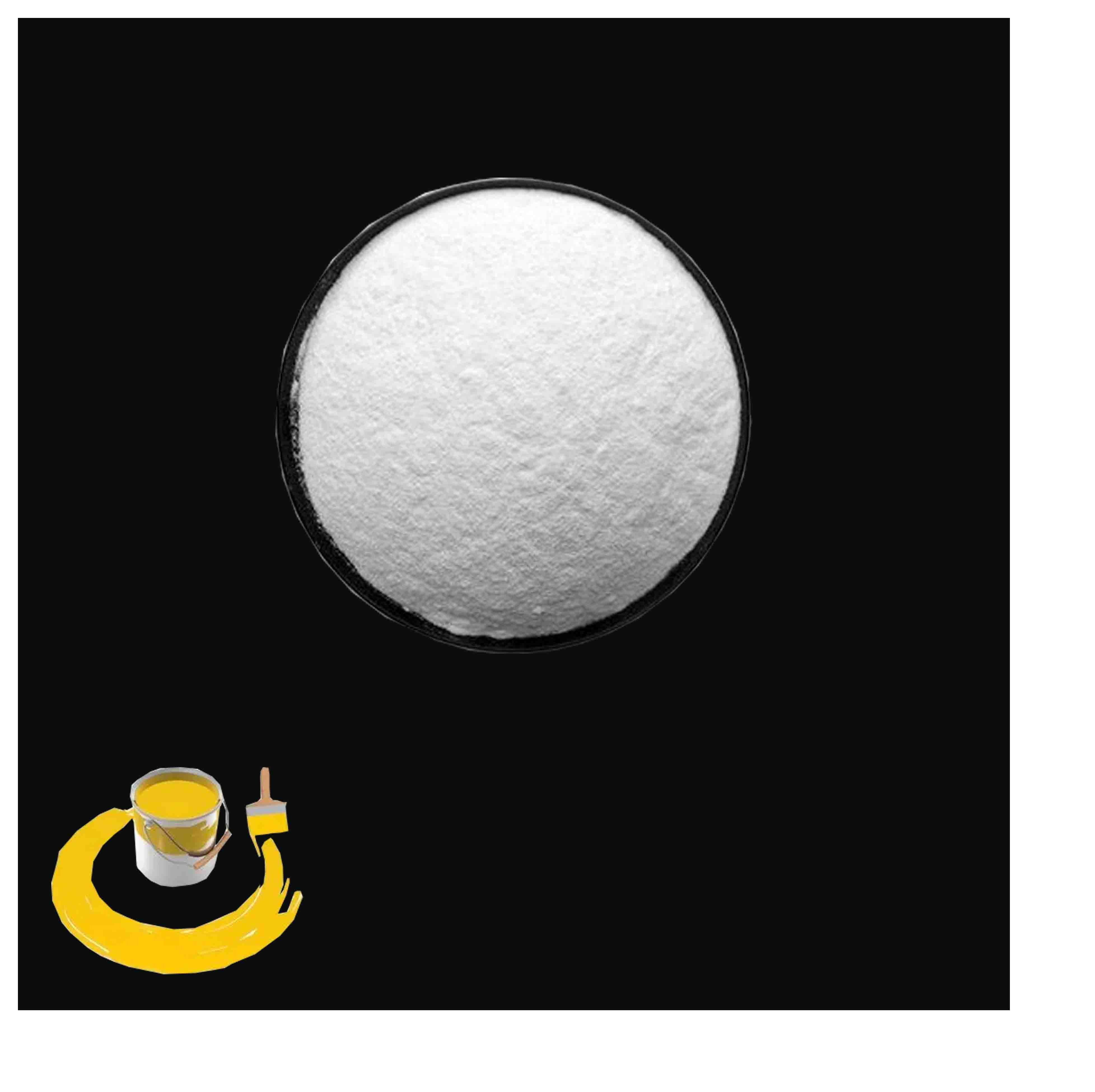
Dec . 03, 2024 17:30 Back to list
coated titanium dioxide
Coated Titanium Dioxide Innovations and Applications in Modern Technologies
Titanium dioxide (TiO2) is a widely used compound known for its excellent properties such as high refractive index, stability, and non-toxicity. However, its application can be enhanced by coating TiO2 nanoparticles with various materials. Coated titanium dioxide has emerged as a significant area of research and product development across diverse fields, including cosmetics, environmental remediation, and electronics. This article delves into the innovations surrounding coated titanium dioxide, exploring its synthesis, properties, and applications.
Understanding the Basics of Titanium Dioxide
Titanium dioxide can be found in nature as the minerals rutile, anatase, and brookite. Its white pigment is commonly employed in paints, coatings, plastics, and paper, contributing to color enhancement and UV resistance. TiO2’s photocatalytic properties enable it to absorb ultraviolet light, facilitating chemical reactions that can break down pollutants and harmful microorganisms. However, the application of uncoated TiO2 is often limited due to issues like particle agglomeration, low stability, and poor dispersion in various mediums.
The Coating Process
The coating of titanium dioxide typically involves the application of a thin layer of another material onto the TiO2 surface. This can be achieved through different methods, including sol-gel processes, chemical vapor deposition, and electrostatic spraying. The choice of material for the coating—such as silica, alumina, or organic polymers—significantly influences the coated titanium dioxide’s properties.
The primary aim of coating titanium dioxide is to enhance its stability, dispersion, and overall performance in various applications. For instance, silica coatings can provide a protective layer that prevents the agglomeration of TiO2 nanoparticles while retaining their photocatalytic capabilities. Such enhancements lead to greater efficiency and efficacy in the intended application.
Applications of Coated Titanium Dioxide
1. Cosmetics and Personal Care Products Coated titanium dioxide is widely used in cosmetics, particularly in sunscreens and skin care products. Its UV-absorbing properties are crucial for protecting the skin from harmful solar radiation. The coating allows for better dispersion within formulations, leading to improved texture and skin feel. Additionally, coated TiO2 can contribute to a matte finish in cosmetic products, enhancing their aesthetic appeal.
coated titanium dioxide

2. Environmental Remediation One of the most exciting applications of coated titanium dioxide is in environmental cleaning. The photocatalytic properties of TiO2 can be harnessed to degrade organic pollutants in water and air when stimulated by UV light. Coating TiO2 increases its stability and prevents the agglomeration of particles, allowing for prolonged effectiveness in catalytic processes. This application is particularly valuable in treating wastewater and air purification systems.
3. Building Materials Coated titanium dioxide is increasingly being utilized in construction materials. It is incorporated into paints and coatings to create surfaces that can self-clean and are resistant to mold and bacteria. The photocatalytic action of coated TiO2 helps break down organic dirt and pollutants when exposed to sunlight, making building facades and surfaces easier to maintain.
4. Electronics In the field of electronics, coated titanium dioxide has potential applications in sensors and photovoltaic cells. Its excellent electrical properties, paired with enhanced surface characteristics due to coating, make it a suitable candidate for these technologies. For instance, coated TiO2 can improve the charge transport in solar cells, resulting in higher energy conversion efficiencies.
Future Perspectives
As research on coated titanium dioxide continues to evolve, there is the potential for new coatings and composites that can further improve its functionality. Innovations in nanotechnology and material science are paving the way for the development of multifunctional particles that can offer enhanced performance in various applications.
Moreover, with a growing emphasis on sustainability, coated titanium dioxide can be engineered to create 'green' products that minimize environmental impact while maximizing efficiency. The future of coated titanium dioxide holds significant promise, particularly as industries become increasingly aware of the benefits of using advanced materials.
Conclusion
Coated titanium dioxide stands at the intersection of innovation and practicality, offering a myriad of benefits across different sectors. From improving cosmetic formulations to enhancing environmental cleanup processes and advancing electronic applications, coated TiO2 is emblematic of how material science can drive progress. Continued research and development in this area are likely to yield even more applications as industries seek to harness the full potential of this versatile material. As we embrace these innovations, coated titanium dioxide will undoubtedly play a critical role in shaping a sustainable and advanced future.
-
Premium 6618 Titanium Dioxide for GPT-4 Turbo Applications
NewsJul.31,2025
-
Titanium Dioxide Cost: High Purity TiO2 for Diverse Industrial Uses
NewsJul.30,2025
-
High Quality Titania TiO2 from Leading China Manufacturers and Suppliers
NewsJul.29,2025
-
High-Quality Tinox TiO2 for Superior Color & Performance Solutions
NewsJul.29,2025
-
High Quality Titania TiO2 from Leading China Supplier & Manufacturer
NewsJul.29,2025
-
High-Performance r6618 TiO2 for Superior Whitening and Versatility
NewsJul.28,2025
